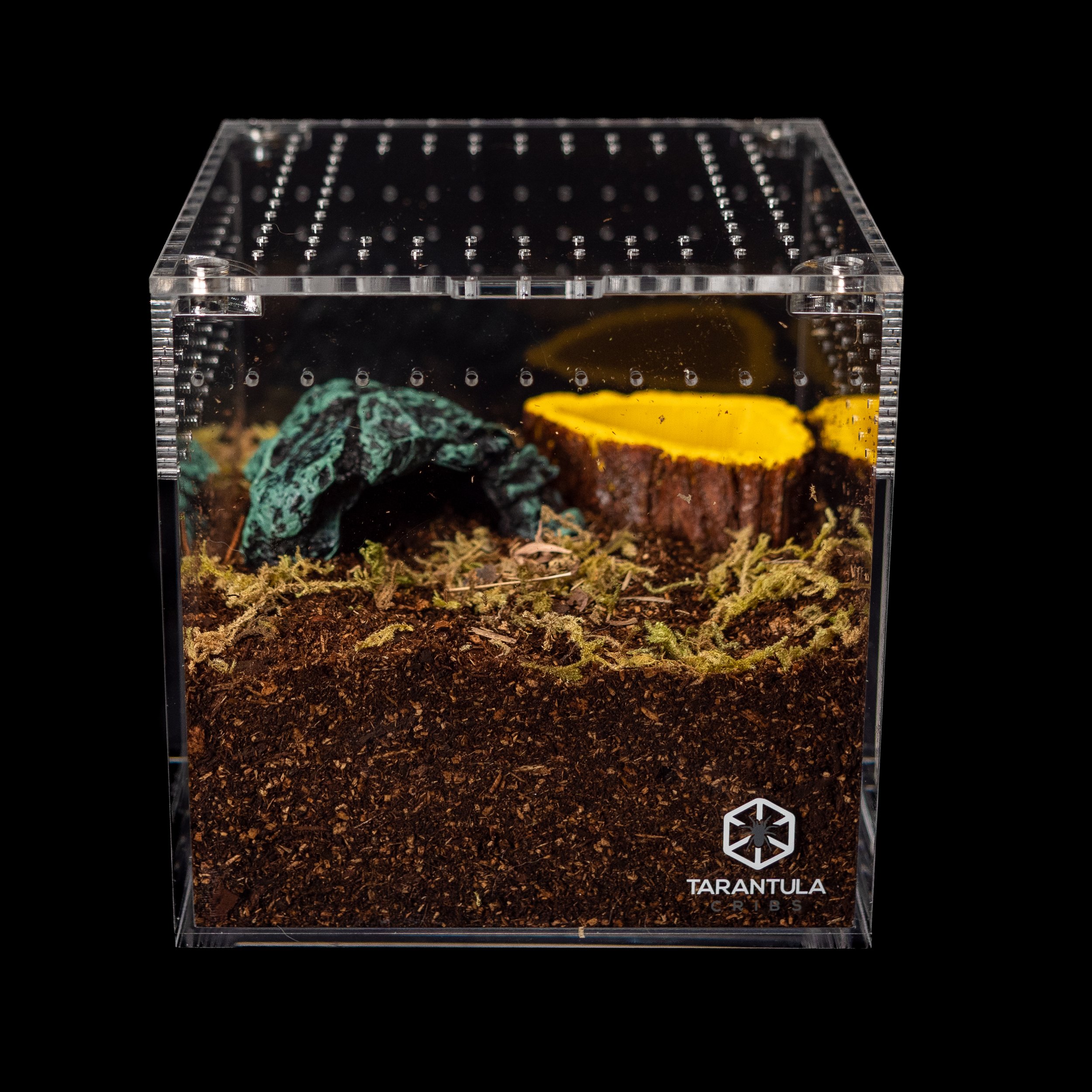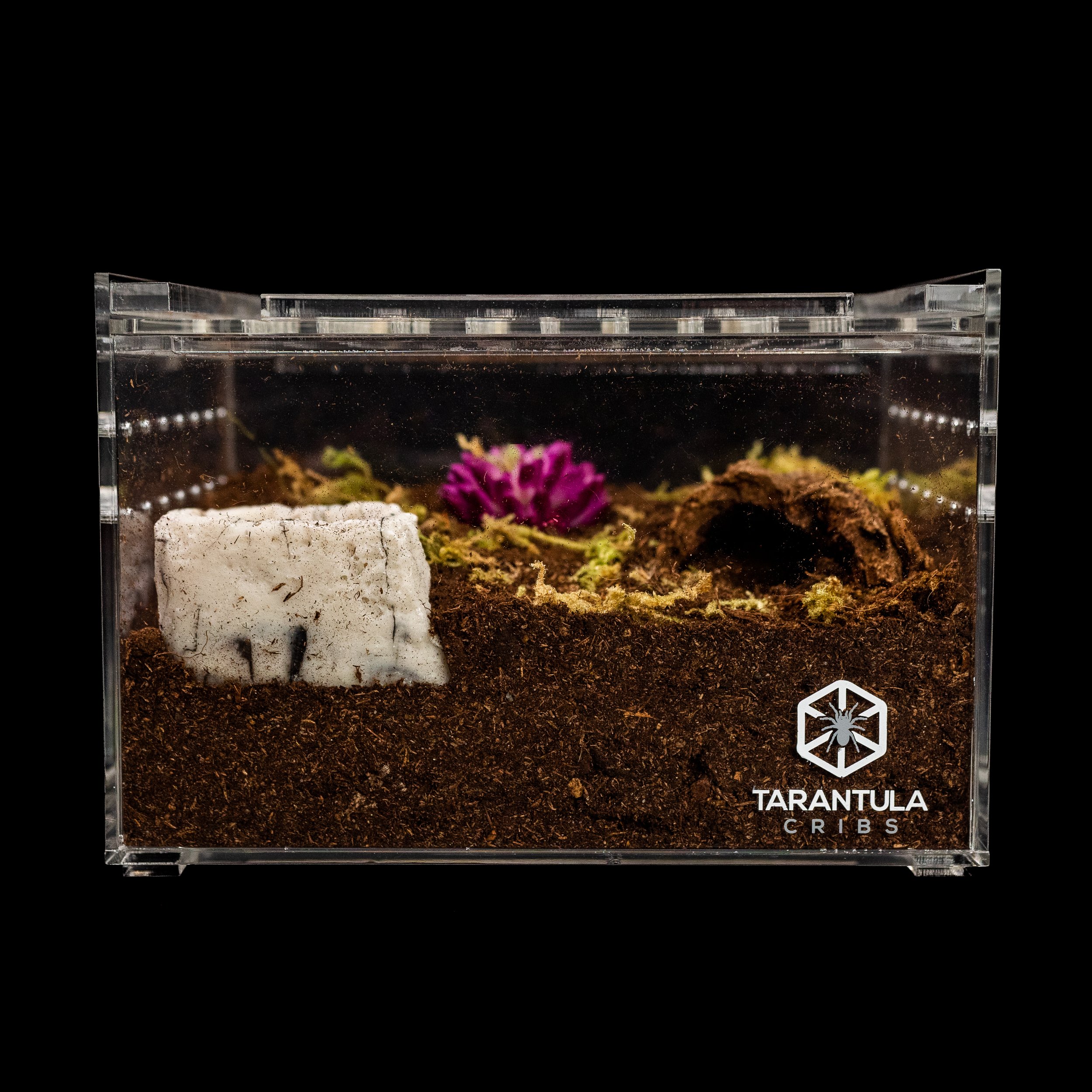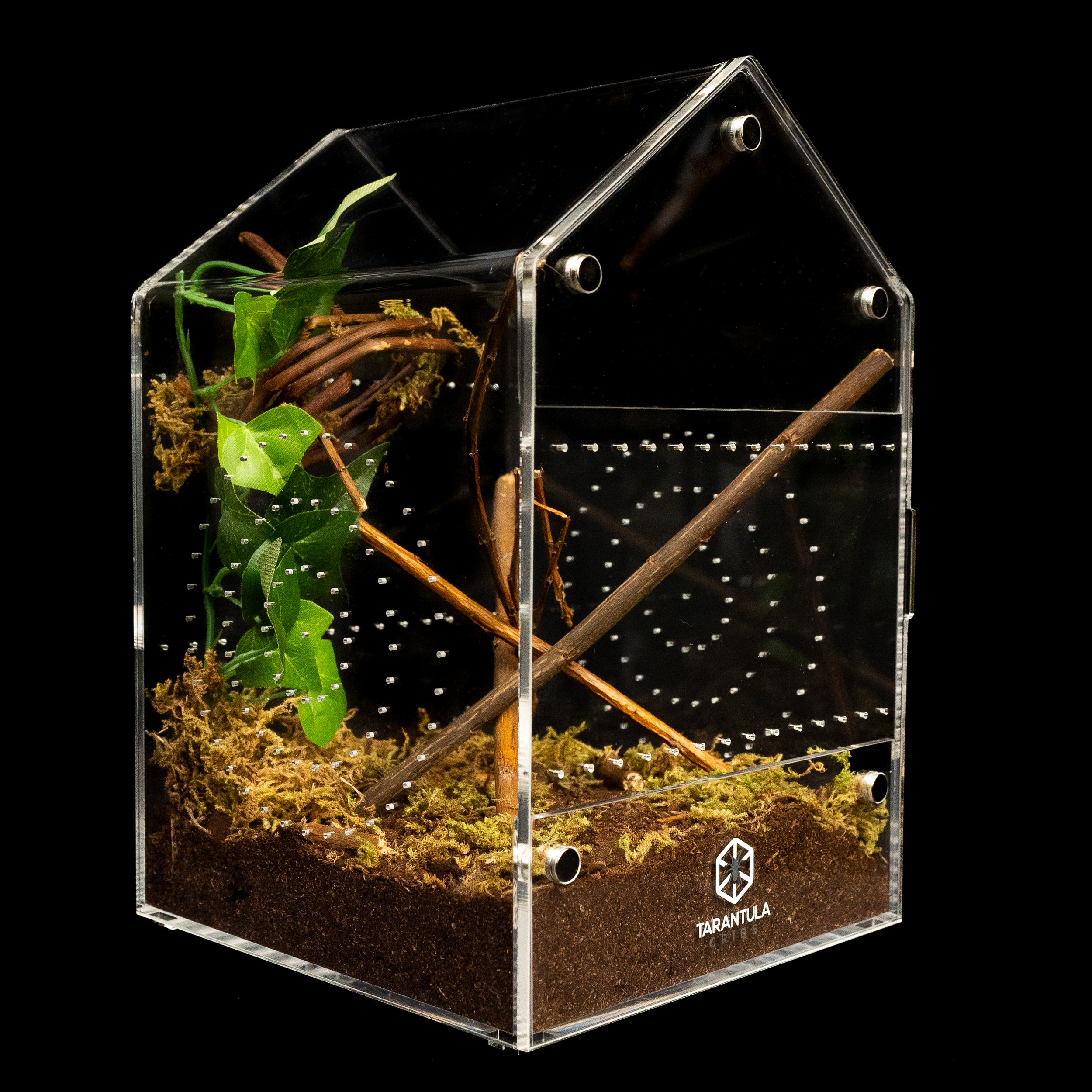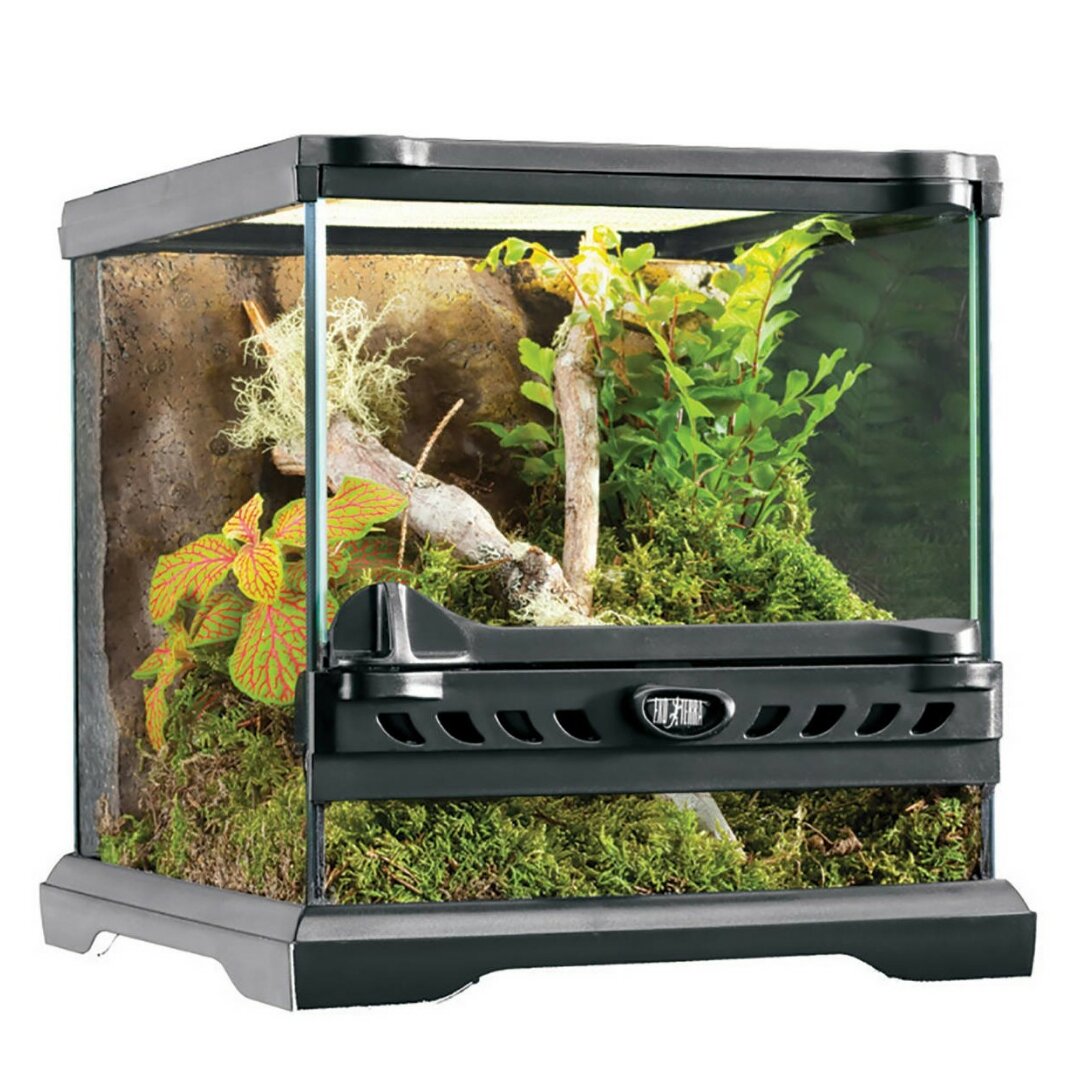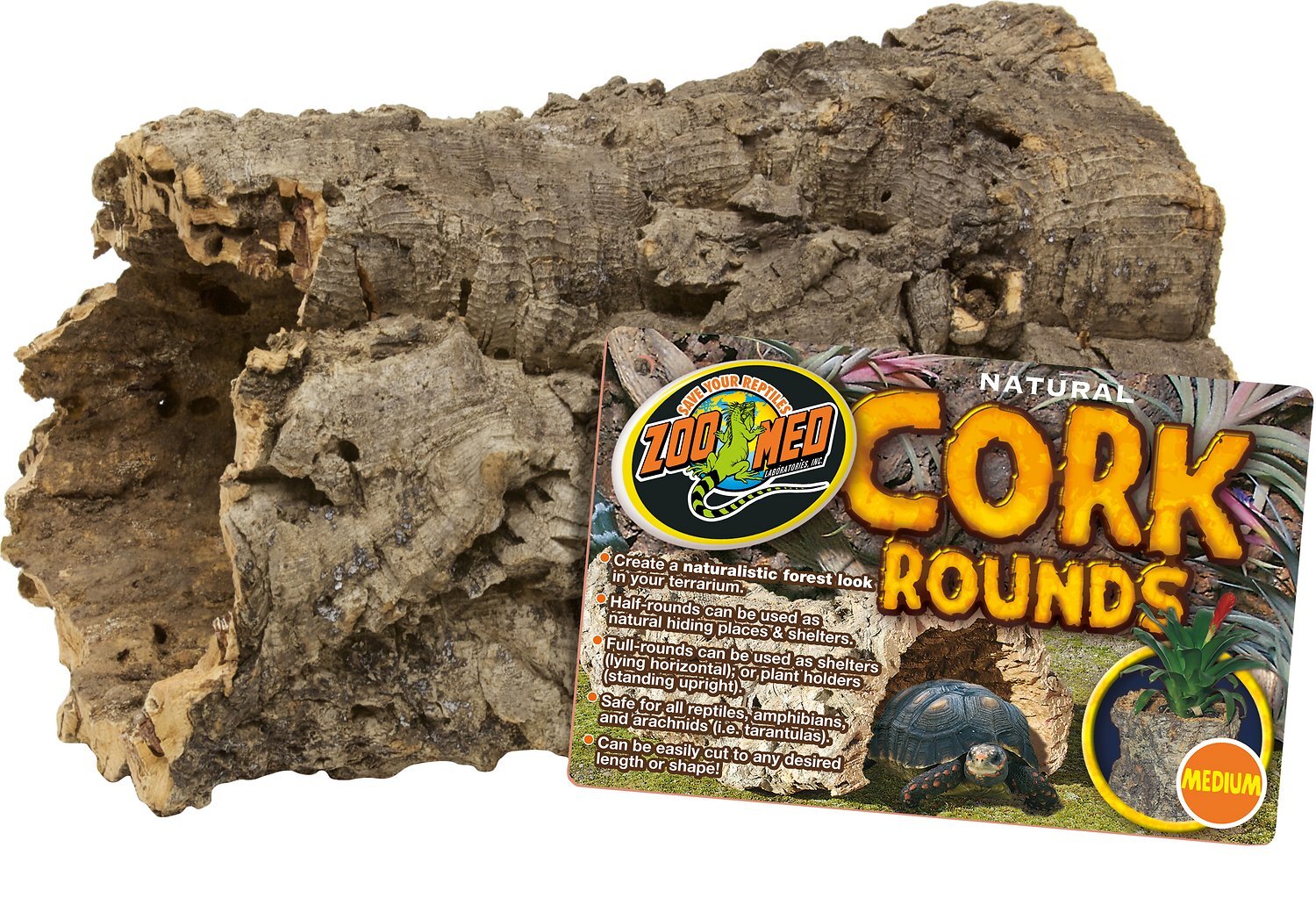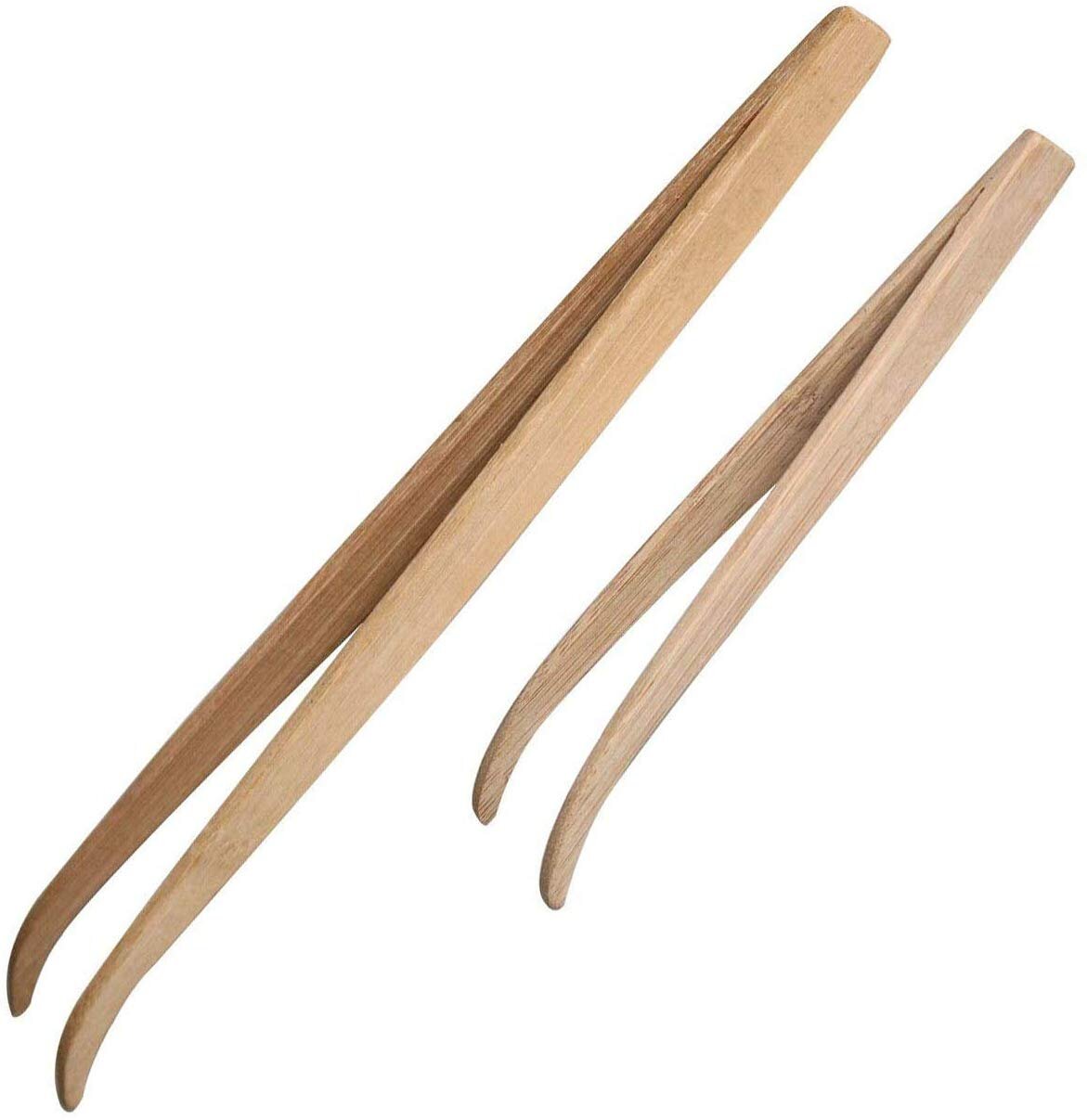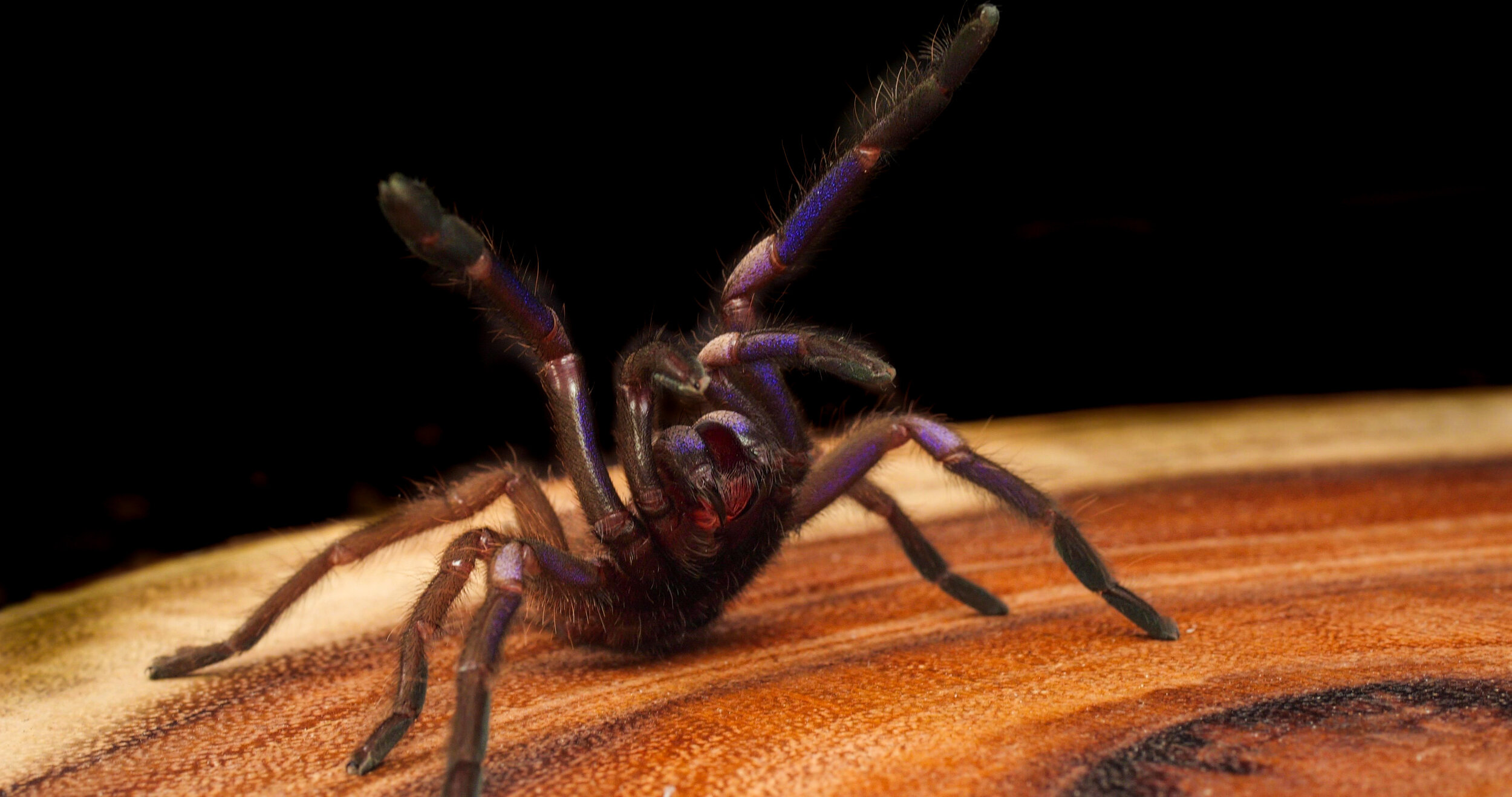
TARANTULA
SUPPLIES
Tarantula Cribs Invertebrate Enclosures
These are NOT reptile enclosures being repurposed for tarantulas. They use the highest quality acrylic currently available in the US. This means LESS yellowing, LESS warping, and OPTIMAL CLARITY!
They’re designs are specifically meant to accommodate tarantulas while providing UNPARALLELED clarity for OPTIMAL viewing.
MADE BY TARANTULA KEEPERS FOR TARANTULAS!
THE BIO DUDE SUBSTRATE & KITS
exo terra nano
this is the enclosure I use for a lot of my new world terrestrial species. it is important to remember to fill it as high as substrate as possible. i fill it to the base of the door and ramp it upwards towards the back. this gives enough depth for the tarantula to burrow as well as not having too much space between the floor and the top to avoid fall damage.
exo terra nano tall
this is my favorite enclosure for a lot of my arboreal tarantulas. i use this for speceis like Avicvularia avicularia and Caribena versicolor. it is a good idea to remove the screen top and replace it with a sheet of plexiglass that you have drilled air holes.
-

Exo Terra 18 x 18 x 12
This is the enclosure I use for my M. balfouri communal. It will also work well for larger birdeater tarantulas like Theraphosa stirmi, Lasiodora parahybana, and others.
-

Exo Terra Small Tall 18 x 18 x 24
This enclosure is what I use for my Giant Day Gecko as well as large arboreal tarantulas like the Poecilotheria ornata or Singapore Blue Tarantula.
-

Exo Terra Mini Wide 12 x 12 x 12
This makes a great enclosure for species like the Orange Baboon Tarantula, Monocentropus balfouri, Green Bottle Blue and more.
-

Zilla Arboreal Terrarium 12 x 12 x 20
This is the enclosure I keep my huntsman spiders and Poecilotheria tarantulas. It is probably my favorite glass arboreal tarantula enclosure.
-

Zilla Arboreal Terrarium 18 x 18 x 25
This is a great enclosure for bark scorpion communals, Poecilotheria communals, or every large arboreal tarantulas.
-

Zilla Semi-Arboreal Terrarium 12 x 12 x 15
I use this enclosure for my Green Bottle Blue Tarantulas and Assassin Bug enclosures. It could also work well for smaller arboreal tarantulas like the Avicularia or Pink Toe Tarantulas.
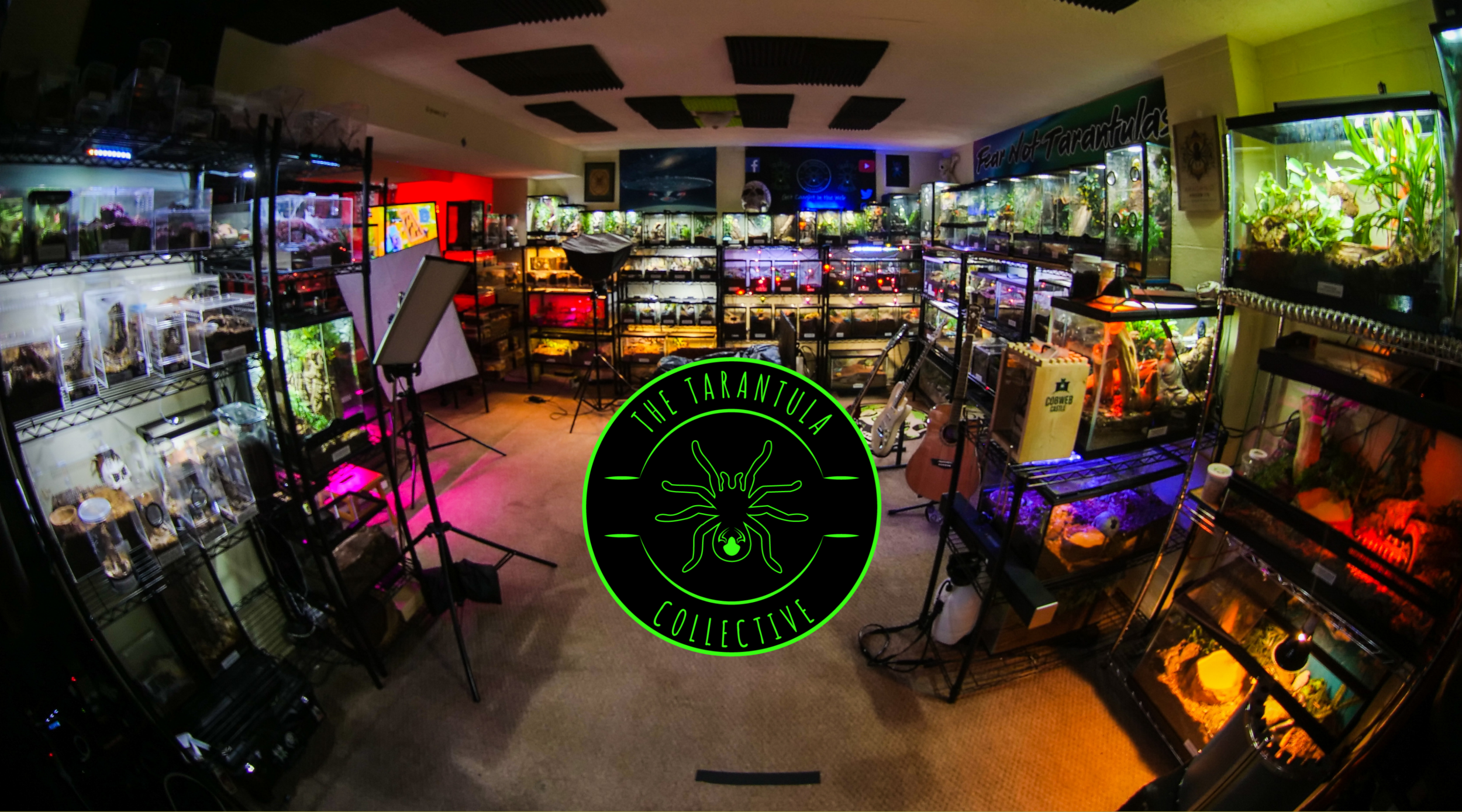
TARANTULA SUBSTRATE
-

Bio Dude Terra Aranea
Handcrafted bioactive substrate for Tarantulas, Scorpions, Spiders, Vinegaroons and other invertebrates. Terra Aranea substrate is specifically designed for all biomes that can get very dry and arid or in a high humidity biome.
-

Reptisoil
This is my new favorite tarantula substrate. I have not had any issues with mold or dust. It works great for arid species as well as tarantulas that need a more moist environment. It also holds its shape well for burrowing species.
-

Zoo Med Creatures Creature Soil
My go to substrate for spiderling enclosures. It holds moisture well and holds it shape so your little tarantula burrows do not collapse. The downside is they only sell it in the small bags.
-

Josh's Frogs ABG Mix
Developed by the Atlanta Botanical Garden. The mixture creates balance between retaining moisture and proper drainage; it can last for several years if used properly!
-

Zilla Jungle Mix
This substrate provides an organic and natural living environment for terrarium animals and plants. Ideal for tropical and forest habitats and perfect for burrowing species.
-

Zoo Med Eco Earth
Eco Earth Loose Coconut Fiber Substrate is a product made from the husks of coconuts and can be safely composted or recycled into potted plants or gardens. It is a cheap and effective substrate but it is very dusty and can be prone to mold and mushroom growth.
-

Exo Terra Forest Plume Moss
Exo Terra Forest Moss is real compressed moss grown in tropical Asia. This is ideal for increasing humidity in the terrarium and is totally safe for tarantulas, scorpions, frogs, and burrowing or digging animals. It is also great to just sprinkle around the enclosure to give a more natural appearance.
-
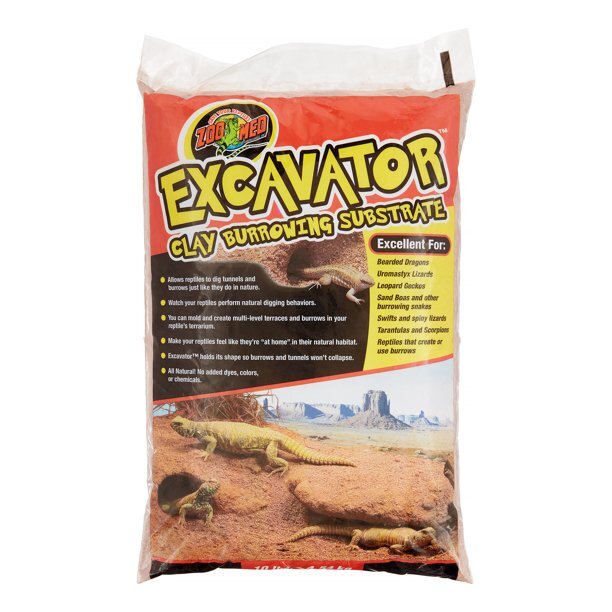
Zoomed Excavator Clay
Check out Zoo Med's Excavator Clay Burrowing Substrate! A clay substrate that can be formed to your likely, while still allowing reptiles to dig tunnels and burrows just like they do in nature. Watch your reptiles perform natural digging behaviors; mold and create multi-level terraces and burrows in your reptiles terrarium. Excavator holds its shape so burrows and tunnels won't collapse. All Natural! No added dyes, colors, or chemicals.
-
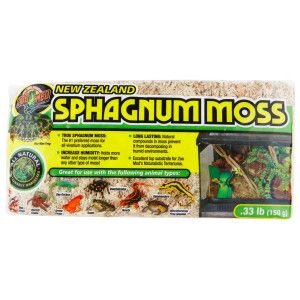
New Zealand Sphagnum Moss
New Zealand Sphagnum Moss is preferred over any other type of moss for terrarium use due to its unique softness and amazing moisture-holding ability. This lush carpet-like moss can hold moisture up to 20 times its dry weight. Great for live plants and incredibly long-lasting; after other substrates have decomposed, this moss remains usable and can be washed and reused several times. Harvested using sustainable methods to ensure that it will be around for future generations.
DECORATIONS & SUPPLIES
-

Cork Bark RoundS
Zoo Med Natural Full Cork Round Reptile Hideaway makes a great natural hiding place or shelter. Cork Round is completely safe for all reptiles, amphibians and arachnids (i.e. tarantulas). The Cork Round can be cut to any desired length or shape so you can tailor it to your exact needs.
-

Skull Hide
This artificial resin skull is in a lot of my enclosures. It looks cool and almost real, but also makes a great hide for your tarantula or scorpion.
-

Zoo Med Spider Wood
Spider-like limbs are great for climbing lizards, snakes and arachnids - Excellent for paludariums and planted tank set-ups and to use as web anchors for heaving webbing species.
Exo Terra Flat Home Reptile/Tarantula Faunarium
Plastic Enclosures
Want a low cost, plastic enclosure for your juvenile, sub-adult and adult tarantulas? Check out these enclosures on Chewy.com. They provide easy access from the top and plenty of cross ventilation. They also are not extremely high, so the tarantula cannot climb across the top and be hurt when it falls.
Zoo Med Cork Rounds
Cork Rounds
These make the best hides for both arboreal and terrestrial species. I prefer to cut them in half long ways and lean them up against the side of the enclosure for arboreal tarantulas. I will also cut them in half or snap to the size I need for terrestrial species. You wont have issues with mold and rotting with cork bark like you will with other woods. These are also light weight, so you don’t have to worry about them falling and harming your spider.
nitrile gloves
urticating hairs are no joke and may new world tarantulas have them. they can cause itching, burning and even small blisters. reactions vary based on peoples sensitivity and species of the tarantula. protect yourself when rehousing, cleaning, or anytime you are at risk of having hairs kicked at you.
red LED head lamp
this is an invaluable tool, especially if you have more than a few tarantulas. this rechargeable light allows you to watch, feed and maintain your tarantulas without having to blast them with light which may make them hide in their burrows. tarantulas do not see the red wavelength of light very well, so i turn on the red LED and am able to feed and water my spiders at night without disturbing while keeping both of my hands free.
dremel
part of the fun keeping tarantulas is custom making their enclosures. the hobby is not large enough yet for major retailers to stock tarantula enclosures, but that is okay because we can make our own very cheaply. there is no greater tool to make enclosures than a dremel. it can drill air holes, sand out cork bark, cut plastic and wood, etc. this is probably the tool i use the most when making enclosures.
tweezers
protect yourself and your tarantula by using tongs when feeding and removing items in their enclosures. tarantulas can have a fast and unpredictable feeding response, so it is always best to be safe. these tongs are made of bamboo and wont damage your tarantulas fangs like stainless steel tongs possibly could.
Find More on the Amazon Storefront
Acrylic Enclosures
Made with high grade material to provide a study and durable home for pets. Clear and stackable design with full transparency to see-through and safely stacks to save space. Sliding one-click close with strong magnetic snaps for easy access. Plenty of ventilation holes on both side of the terrarium to ensure a constant airflow within. This terrarium is ideal to use for small spiders and scorpions.
Indoor Insect Trap
Non-toxic, persticide free, and tarantula safe 3X TRAP POWER the UV light attracts the fruit fly, gnat, or mosquito, the fan sucks it in, and the sticky glue boards trap it.
Spiderling Water Dish.
Dimension: 0.86inches*0.86inches*0.43inches (2.2cm*2.2cm*1.1cm)
Material: ceramics
Micro size, easy to clean
Stable and heavy enough, not easily knocked
Suitable for small spiders and other inverts


